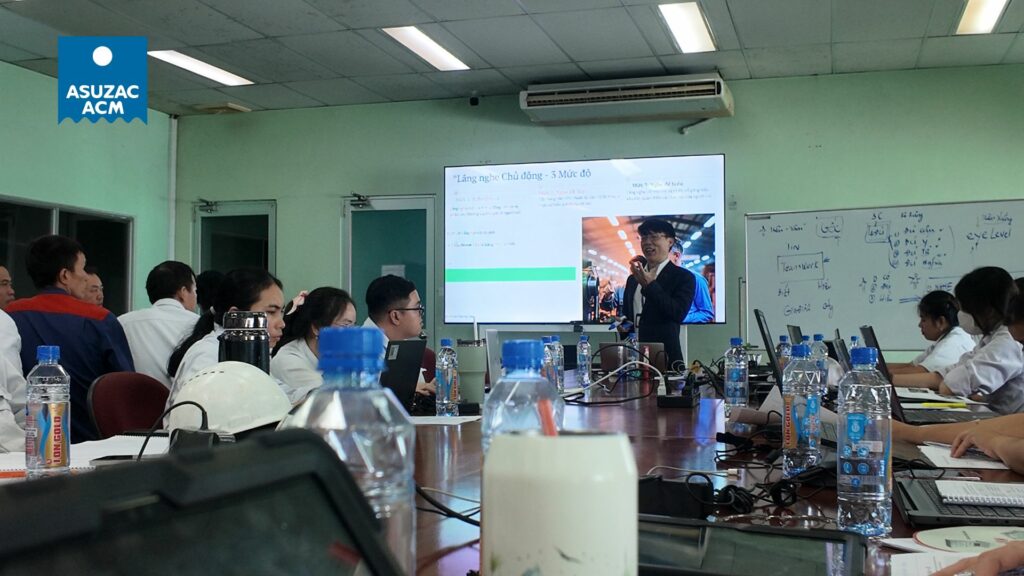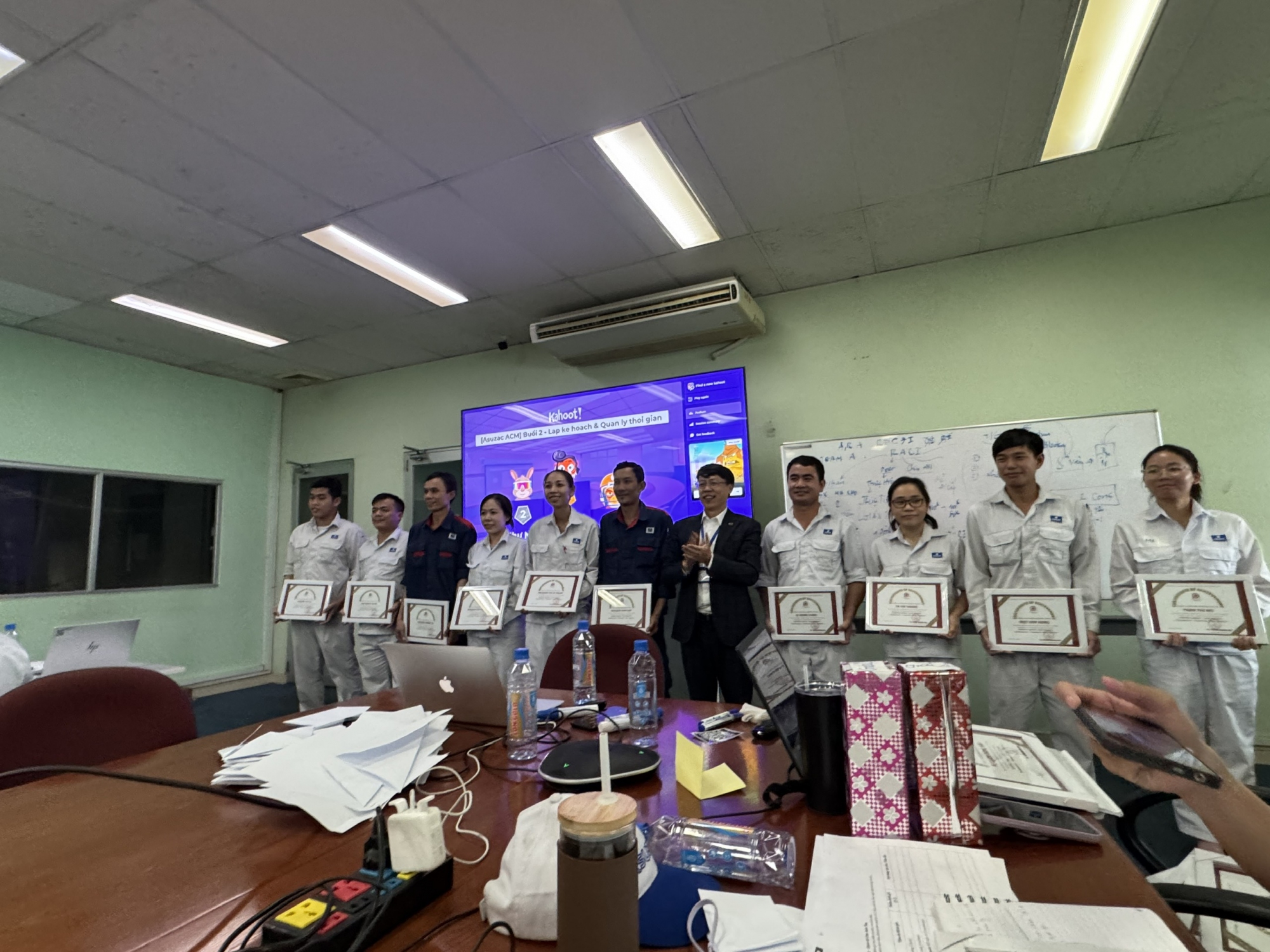A Day of Soft Skills Learning at ASUZAC ACM: Improving Yourself Step by Step to Work
2025-11-18T08:21:35+07:00
2025-11-18T08:21:35+07:00
https://www.asuzac-acm.com/en/news/asuzac-acm-news/a-day-of-soft-skills-learning-at-asuzac-acm-improving-yourself-step-by-step-to-work-191.html
https://www.asuzac-acm.com/uploads/news/2025_11/18/soft-skills-2025-1024x576.jpg
Japanese Casting Product | Gate | Fence | ASUZAC ACM
https://www.asuzac-acm.com/uploads/logo-new.webp
Tuesday - 18/11/2025 08:17
The day begins with a quiet working atmosphere before the official shift begins. Natural light spreads over the desk, bringing a sense of tranquility and concentration. At ASUZAC ACM, human resource development is considered a long-term strategy: soft skills training days not only help individuals mature but also increase the coordination and efficiency of the whole group.
The day begins with a quiet working atmosphere before the official shift begins. Natural light spreads over the desk, bringing a sense of tranquility and concentration. At ASUZAC ACM, human resource development is considered a long-term strategy: soft skills training days not only help individuals mature but also increase the coordination and efficiency of the whole group. Today, the program is designed around four basic but essential skills in the modern working environment: communicate, teamwork, plan, and perform. Each part is closely connected to form a learning process from need identification to practical application and continuous evaluation.
Part 1: Communication – the foundation of all interaction
The morning began with an introductory session led by teacher Pham Quang Quy, who highlighted the day’s objectives: to improve clarity, brevity and politeness in all communications, while encouraging open discussion and constructive feedback. The opening activity was an exercise in which each person was asked to present a difficult communication situation they had encountered in the past week, but only for a maximum of 2 minutes and clearly stating the context, actions and expected results. After each person presented, the group identified elements of effective communication and areas for improvement.








